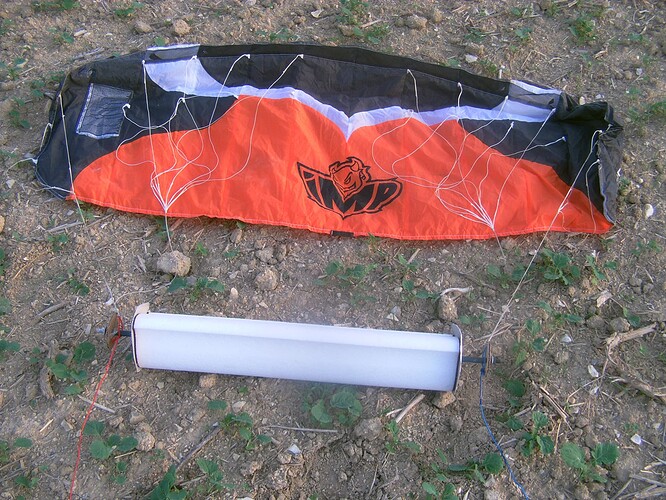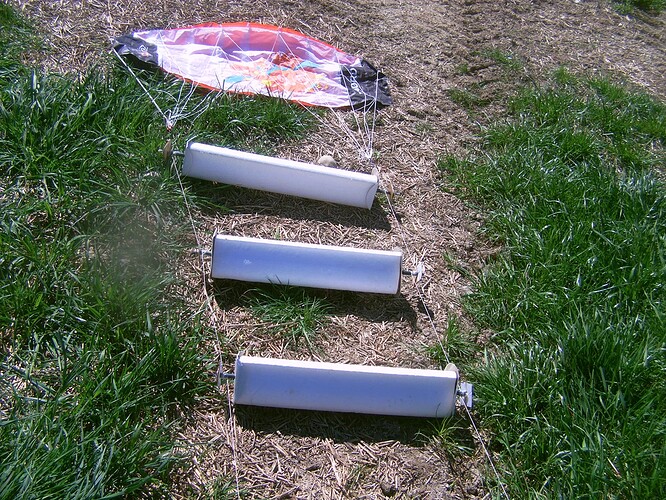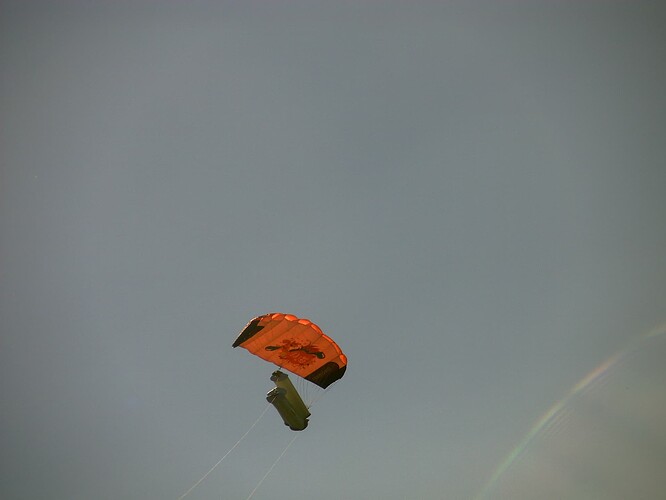This is a presentation of the Sharp rotor. Peter A. Sharp (numerous inventions on https://www.youtube.com/channel/UChYQ…) is the inventor of this self-rotating rotor which generates a thrust with a lot of lift. This rotor can be easily made of paper according to the author, or EPP or expanded polystyrene like mine, with a hot wire cutting table, both by using the profile on https://forum.awesystems.info/t/sharp…. Larger inflatable versions filled with air or helium are also being studied.
Its glide (lift to drag) ratio is given as 2, which is a very good value compared to other self-rotating rotors. My experiments even confirmed a bit higher value of about 2.3, with a thrust coefficient of about 3. The video shows the thrust measured during rotation at different wind speeds, followed by a glide test, followed by a Sharp rotor under a 0.9 m² kite, followed by three Sharp rotors covering only 0.175 m² in total under a 0.6 m² kite. The same kite alone flew about two times faster, generating two times less thrust that with the three rotors.10 m/s wind speed. Traction kite alone 4 kg. Traction rotors 8 kg + kite 1 kg, leading to a slow flight with strong pull (thrust).
An idea is to see if it is possible to stack a multitude of Sharp rotors under a crosswind kite between the two lines, like on the second part of the video but with many more rotors, in order to achieve a high level of scalability by using small elements that mitigate the weight penalty.
These rotors could be used for airborne wind energy systems (AWES) in yo-yo crosswind flight mode like sketched on the video, or also as sails for ships.
A photo of a Sharp rotor under a 0.9 m² kite, for a crosswind use:
Photos of three Sharp rotors covering 0.175 m² in total under a 0.6 m² kite, for a crosswind use:



